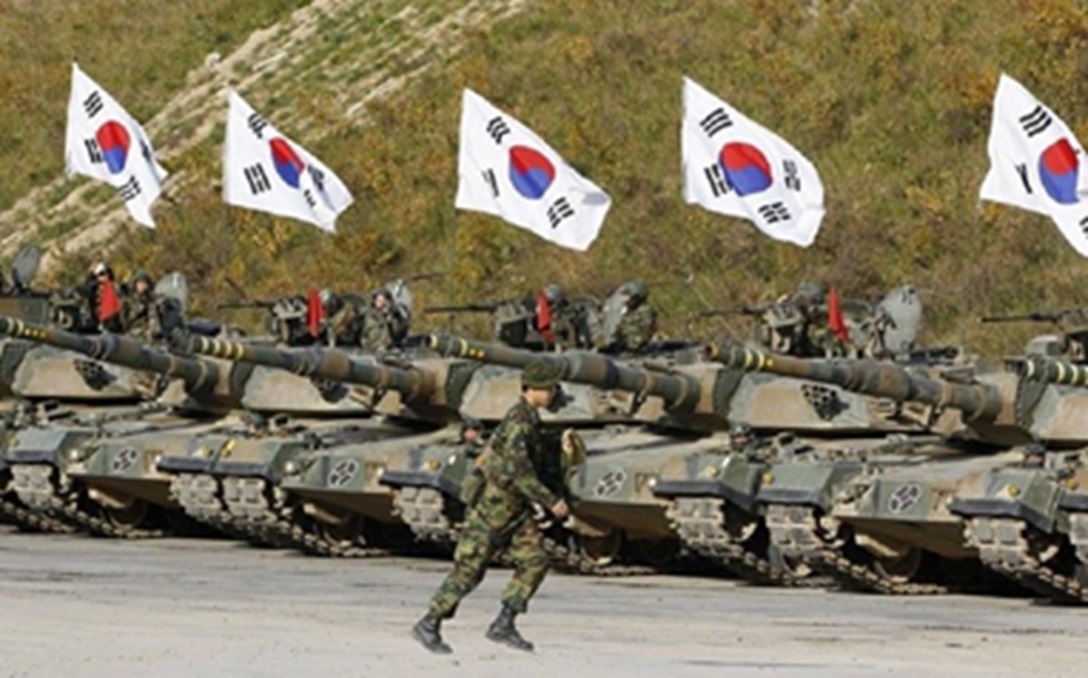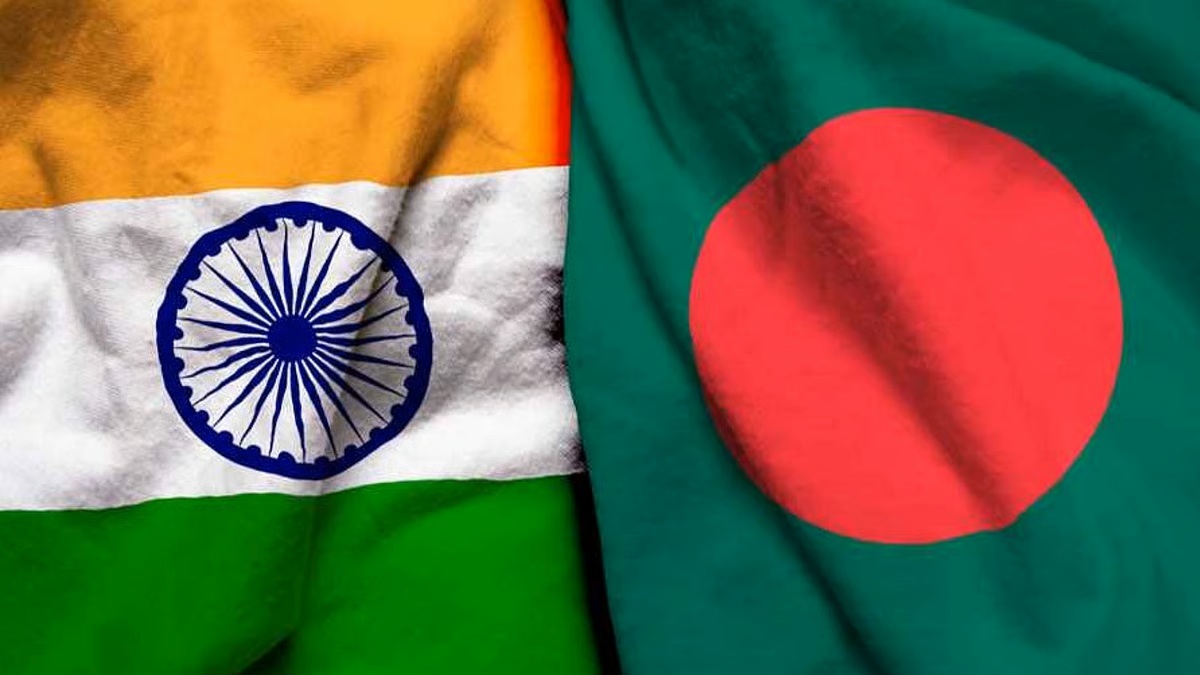Through comparing India’s obstacles in PPPs in the defence sector and how South Korea is dealing with those same challenges as well as finding ways of handling them; this study mainly focuses on India’s main obstacles in effectively implementing Public-Private partnerships (PPPs) within the defence sector and how strategies used in Korea could be used as interventions for India’s problems. The objective is to extract solutions through discernment that would make this work more important because if successful it will make the country independent in defence production.
Introduction
The development of a strong national defence industry can be supported by close cooperation between the public and private sectors. Even though the Government of India has implemented a number of measures to stimulate PPPs, it has not been able to get away from the problems.
Interestingly, the success of South Korea lies in the well-handling of three main factors the short lifespan, enough government assistance, and the use of the latest technology. This research briefly presents the public-private partnership (PPP) model of India and South Korea, highlights the predominant reservations about the latter, and the proposals of those mentioned in South Korea’s way. Can India adopt a similar strategy to boost defence production?
Literature Review
The literature on defence indigenisation and public-private partnerships highlights several key themes. Jain (2019) discusses the evolution of India’s defence procurement policies, emphasizing the role of the Strategic Partnership Model in engaging the private sector. In contrast, Lee and Kim (2020) provide an overview of South Korea’s integrated approach through DAPA, showcasing how streamlined procurement and substantial R&D investment have driven technological advancements. According to Mehta and Singh (2021), India’s defence sector faces significant bureaucratic hurdles and regulatory inefficiencies that impede effective PPP implementation. Park and Choi (2018) highlight South Korea’s success in public-private collaborations, particularly in developing advanced defence systems like the K9 Thunder and T-50 Golden Eagle. These studies collectively underscore the importance of a coordinated policy framework, substantial R&D investment, and efficient procurement processes in fostering successful defence PPPs. This research builds on these themes by providing a comparative analysis and offering policy recommendations for India based on South Korea’s successful strategies.
Historical Context and Policy Evolution
The security ‘construct’ of South Korea has had a role in shaping its military strategy after being liberated in 1945. It sought strategic defence pacts and addressed the immediate security threats during 1948-53. Originally, dependent on military help from the US, the country has become more self-reliant after the formation of the Agency for Defense Development (ADD) which was founded by the government in the 1970s. Packaging a range of services—procurement, research, industry development—together into the Defense Acquisition Program Administration (DAPA) that started in 2006 structured the tasks and entailed the implementation of a strong public-private relationship. The country’s efforts in the field of heavy chemicals and the industry in the 1970s and through investing in high technology R&D have led to the growth of the place in industrial defence.
Current State of Public-Private Partnerships in India
The Government has already introduced the SP Model, which seeks to improve collaboration between Indian companies and foreign original equipment manufacturers, in return for local production of advanced defence platforms and systems. The Make in India in Defence scheme is signed with 9 key partners that are on the Indian side of this trial. Advanced defence platforms are god complexes, which will be the domestic part with the help of this business model. Andhra Pradesh and Tamil Nadu Defence Industrial Corridors have been established with the main objective of forming clusters of defence enterprises which make use of regional industrial capabilities and capacities. Locally such as Tata Advanced Systems, Mahindra Defence, Larsen & Toubro and foreign OEMs are the key Indian defence companies behind the scenes of defence manufacturing. However, despite these, bureaucratic inefficiencies, delayed implementations, and lower R&D investment compared to global standards are continued, which in turn makes these initiatives less effective.
Challenges in India’s Public-Private Partnerships
The main challenges to India’s defence PPPs are bureaucratic and regulatory barriers that hinder the proper implementation of the PPP scheme. The sole procurement procedures result in ineffective work and keep private sector investment at bay. Funding and investment problems are particularly in the field of research and development which do not allow technology upgrades and innovation. Insufficient policy and the lower impetus to attract the private sector are factors for which domestic defence manufacturing lags in technology and capability.
Comparative Analysis with South Korea
In contrast to India’s patchwork method, South Korea’s successful PPP design, which was put together by DAPA, is very striking. DAPA’s role in joining acquisition processes and promoting industry-government cooperation has been crucial. High-tech innovation and capability development are the results of South Korea´s heavy investment in R&D, which totalled around $14.5 billion in 2020. The country´s strong export plans and effective marketing of defence products, like the K9 Thunder self-propelled howitzer and T-50 Golden Eagle trainer aircraft, have also played a role in the strengthening of its defence industrial base.
Case Studies
South Korea
K9 Thunder Self-Propelled Howitzer is a critical issue that came to light through the active partnership of Hanwha Defense with the ADD and the strong support of DAPA. It has been high on the scale of global export achievements. It is the T-50 Golden Eagle Trainer Aircraft to whom we primarily thank both the Koreans and Lockheed Martin who came up with this joint program being guided by DAPA, which helped in the successful combination of foreign technology. It has been the manifestation of the policy prescription and the localization of the defence industry.
India
The Tejas Light Combat Aircraft (LCA) program brought about delays and cost overruns in the Indian PPP framework due to Hindustan Aeronautics Limited (HAL) and DRDO involvement, but finally, it has come to the face. Besides the multifaceted Indian technological skills, the BrahMos case was a breakthrough project, completed by both India’s DRDO and Russia’s NPO Mashinostroyenia companies through international collaboration and completely making use of indigenous capacities.
Lessons and Best Practices from South Korea
South Korea has set a good example of public-private partnerships for India. DAPA’s steady and synchronized handling of the two procurement and industry evolution facets provides an unyielding and fast track to the optimized solution. A big chunk of money was pumped into research and development and the business components ensured that the R&D sector moved spots due to continuous innovation and technological improvement. The country’s capacity to export goods was developed due to government subsidies and market practices. Such strategies may also be appropriate in an Indian scenario as they can provide an impetus to bureaucratic restrengthening, progressive R&D investment, and the utilization of export production.
Policy Recommendations for India
To update the PPP, India must shorten the time-consuming and costly processes involving the private sector and ensure regulatory flexibility. The state shall encourage R&D activities more vigorously through industrial and private enterprises being given grants and tax relief for the promotion of activities. By this, institutional systems would be stronger in the presence of the DAPA-like central unit. This will ensure that the procurement is coordinated and the industry will be part of the process. Implementing in-depth export strategies, and applying the methods of South Korea’s commercial success will set India as a key player in defence production worldwide.
Stakeholder Interviews and Expert Opinions
Engagement of Indian Ministry of Defence sources such as senior government officials, industry giants and game-changers in the defence field offers a unique overview of the sector and its implementation of Public-Private Partnerships. Experiences as outlined by Korean professionals and officials in their collaboration with the Defense Acquisition Program Administration (DAPA) and the defense industry inside of the country provide some practical tips and strategies that can be developed to suit the Indian setting.
Data Analysis and Comparative Metrics
An in-depth analysis of quantitative data in terms of R&D spending on defence, the time-about for procurement, and the export numbers for both India and South Korea are determining a measure for comparison. The results of these benchmarks have tested the integration of public and non-governmental partnerships in both countries that will serve as a basis for the evaluation of the prospective changes.
Way Ahead
Future exploration needs to be about the long-term watching of the adopted reforms and analogous studies with other nations all over the world. Examining the impact of technologies and geopolitical shifts on the latter will open the doors to a clearer picture of the new defence industry. This paper explains how the measures used by South Korea might be suitable for India to successfully overcome these difficulties. In this study, we have observed that the best solutions that could work out for India’s defence industry are the ones being developed in South Korea.
Conclusion
Both India and South Korea were the same in respect of their defence evolution with them initially importing and growing towards independence. The articulation and implementation of integrated policy frameworks, fostering collaboration between the government and the private sector, and the promotion of trade have been the centre of South Korea’s successful story. By borrowing the great strategies from South Korea, India can revolutionize its defence self-efforts, which in turn can result in increasing its self-reliance and ensuring national security. This will not only boost the country’s defence manufacturing capabilities but also advance its main aim of being the front leader in the skills of defence technology.
Title image courtesy: Azer News
Disclaimer: The views and opinions expressed by the author do not necessarily reflect the views of the Government of India and Defence Research and Studies

References
- Jain, R. (2019). Evolution of India’s defence procurement policies: A focus on the Strategic Partnership Model. Defence Studies Journal, 15(2), 123-139.
- Lee, H. J., & Kim, S. H. (2020). South Korea’s integrated approach to defence procurement: The role of DAPA. Journal of Defence Technology and Innovation, 22(3), 255-273.
- Mehta, A., & Singh, K. (2021). Bureaucratic hurdles and regulatory inefficiencies in India’s defence sector: Implications for public-private partnerships. Journal of Defence Management, 18(1), 45-60.
- Park, J. S., & Choi, Y. K. (2018). Public-private collaborations in South Korea’s defence sector: Case studies of K9 Thunder and T-50 Golden Eagle. Asian Defence Review, 12(4), 335-352.
- Defense Acquisition Program Administration (DAPA). (2020). Annual Report 2020. Seoul, South Korea: DAPA.
- Ministry of Defence, India. (2021). Defence Procurement Procedure 2021. New Delhi, India: Government of India.
- Ministry of Defence, India. (2020). Annual Report 2020-21. New Delhi, India: Government of India.
- Tata Advanced Systems. (2021). Company Profile and Annual Report 2021. Mumbai, India: Tata Group.
- Hanwha Defense. (2020). K9 Thunder Self-Propelled Howitzer Overview. Seoul, South Korea: Hanwha Group.
- Korea Aerospace Industries. (2020). T-50 Golden Eagle Trainer Aircraft: Development and Export Successes. Sacheon, South Korea: KAI.
- Defense Research and Development Organisation (DRDO). (2020). Annual Report 2019-20. New Delhi, India: DRDO.
- Singh, A., & Kumar, P. (2020). “Make in India” initiative: Progress and challenges in defence manufacturing. Economic and Political Weekly, 55(7), 102-109.







